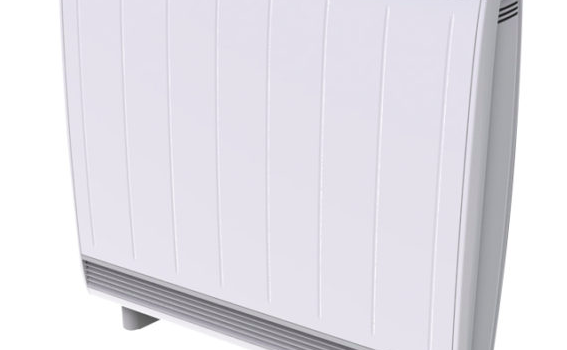
What are storage heaters?
Storage heaters are a technology invented to get around the problem of wasted night-time electricity from nuclear and coal plants that cannot be switched off overnight. Put very simply, a insulated heating core inside is charged overnight and the warmth is then released the following day.
Electricity is more expensive than gas, but some properties are off the gas grid. In these cases, it is important to find the most efficient form of electric heating, as electric convection heating can be really expensive. Unless you want to invest in an alternative form of heating such as infrared, storage heaters could be an option.
Storage heaters were at their most popular in the 1980s, when they were still a fairly new technology. As more efficient forms of heating have come along, storage heaters are now less commonly installed than they once were. However, refinement in the last few years has meant they are a more attractive option than they were ten years ago.
Should I replace old storage heaters?
Yes – but look at other heating options first. Although new storage heaters are not cheap, they are more efficient than they used to be in a number of ways, so running costs will be cheaper. If you have old storage heaters, the insulation around the heating core may well have broken down over time and this will affect their efficiency. There are also several new features in new models (by companies such as Dimplex) that make them a more attractive option than they were.
What’s different about new storage heaters?
Newer storage heater models have been refined to iron out some of the problems with older models. They are more efficient and cheaper to run for the reasons below:
- More insulation around the heating core – up to twice as much – means new models hold heat better.
- Compact design. One of the main issues with storage heaters in the past was that they were bulky and looked ugly. Now they are normally around the same size as a standard radiator.
- Top-of-the-range models are fan-assisted, meaning better dispersion of heat.
- The controls are better, meaning you can normally set heating schedules for greater efficiency and thermal comfort. This means you don’t have to waste heat chucking it out when you’re not even in the house.
- Some models have a ‘Boost’ function, meaning you can still heat your home when there is more demand than usual. Until new models were introduced, once the heating you’d generated had been released, that was it. There was no more available until the next day. A word of caution though – using this function should be avoided as much as possible, as it is pretty much the most expensive way you can heat your home. It charges you the normal daytime electricity rate to run the heater.
Cost
- Fan-assisted storage heaters cost around £500 each, plus installation
- Dimplex Quantum storage heaters cost around £700 each, plus installation
- Running costs may be cheap if you use the heaters carefully
The future of Economy 7
Using storage heaters on any energy tariff other than Economy 7 will never be a cost-effective option. While the Economy 7 tariff is still around, you can charge your storage heaters at night, while electricity is at its cheapest. If used correctly, generating the heating at night and releasing it in the day will mean you’re not paying more expensive daytime rates.

Installing storage heaters
Need new storage heaters? We have scoured the country for the best tradespeople, so that we can make sure we only recommend those we really trust.
If you would like us to find you a local installer for storage heaters, just fill in the form below and we will be in touch shortly!
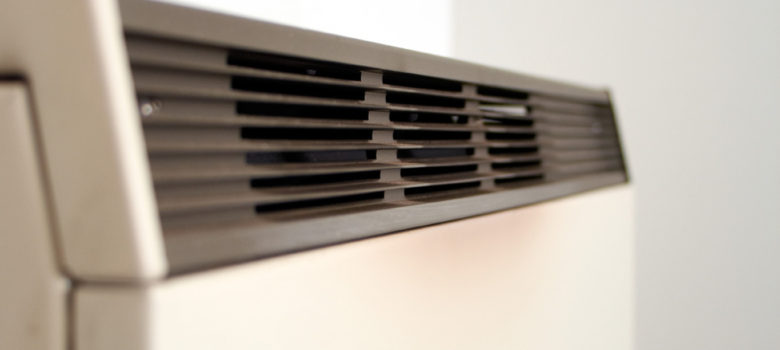



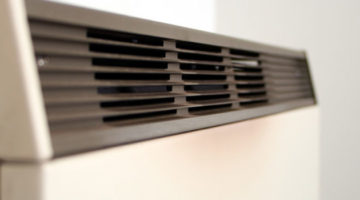
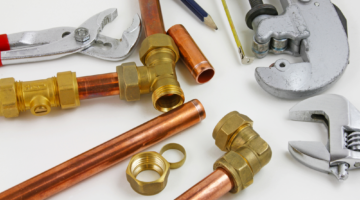
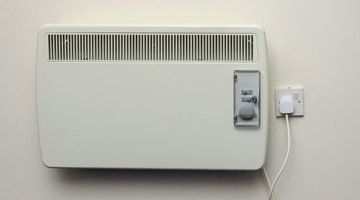






“The UK’s coal power plants will all be closed down by 2020, and the reason for cheap night rates will no longer exist.”
Is this just the author’s inference? Coal is already a tiny fraction of the total UK energy generation (and was at the time of publication of this article, see https://www.ofgem.gov.uk/data-portal/electricity-generation-mix-quarter-and-fuel-source-gb), so that seems very unlikely. The current 2:1 ratio of peak:off-peak prices can’t just be because of these dinosaurs. There are lots of reasons for off-peak electricity, like the physical capacity of the grid and the desire of the electricity companies for people to use their inefficient method of heating.
(also, what is the source for this 2020 figure? I have read 2025 for stations with insufficient emission controls….)
Agree with this comment. Wind power generates night time energy as does nuclear, so supply is likely to outstrip demand in the same way as at present. If anything the discrepancy may become greater as gas becomes a smaller part of our generation system.
Based on the gov link above, Nuclear now only supplies just under 12% of power and Wind is 16%. Without significant power storage (not in place), wind operators are not going to sell wind power overnight at superlow market rates and as Nuclear power feed falls as stations are decommissioned (even with a new one under construction) then overnight cheap power deals will fall. storage heating works only due to cheap night power rates. Smart meters might drive overnight domestic demand but the potential is limited to overnight dishwasher/washing machine use until EV cars gain significant market share.
Newer storage heaters are no more efficient than old ones in terms of electricity in for heat out. Better insulation, thermostats and timers may make them more controllable so more convenient to use. Spending a few thousand pounds on replacing heaters that are still working (the elements rarely fail) would need many years of slightly reduced bills to recoup the costs.
They most definitely are cheaper to run. I would run out of heat from my old storage heaters around 5pm,there was no temperature control or timer so it was full belt until the heat was all gone. This meant that I had to use other heaters at night that cost a small fortune, that or be cold.
Then I got new storage heaters, they have a timer that I can adjust so the heat comes on and goes off at intervals, I have 6 different times.. This means the heat lasts all day, there is a boost function and I’ve only used it a couple of times very late at night and only when it’s been exceptionally cold. Never once used any additional heating since having them installed. My average monthly use was £140pm in winter when my heaters are switched on, now (at least kasst winter before the horrendous price increases) its never been more than £92pm but averaged around £85. That’s a saving of £55pm,so I’d say the new ones are definitely more efficient and in turn bills are lower.
The future of economy seven,your article saying that because of coal generated electricity plants closed then the reason for cheep night rates on electricity will not exist!Closed coal generation plants 2020 ,could you explain more about your statement please as i was just about to purchase new night storage heaters until i saw this article.I contacted Bulb Energy my supplier and mentioned your comments and they have assured me that they are still and will continue to offer cheep night rates!
Can I replace just one storage radiator which doesn’t work any more?